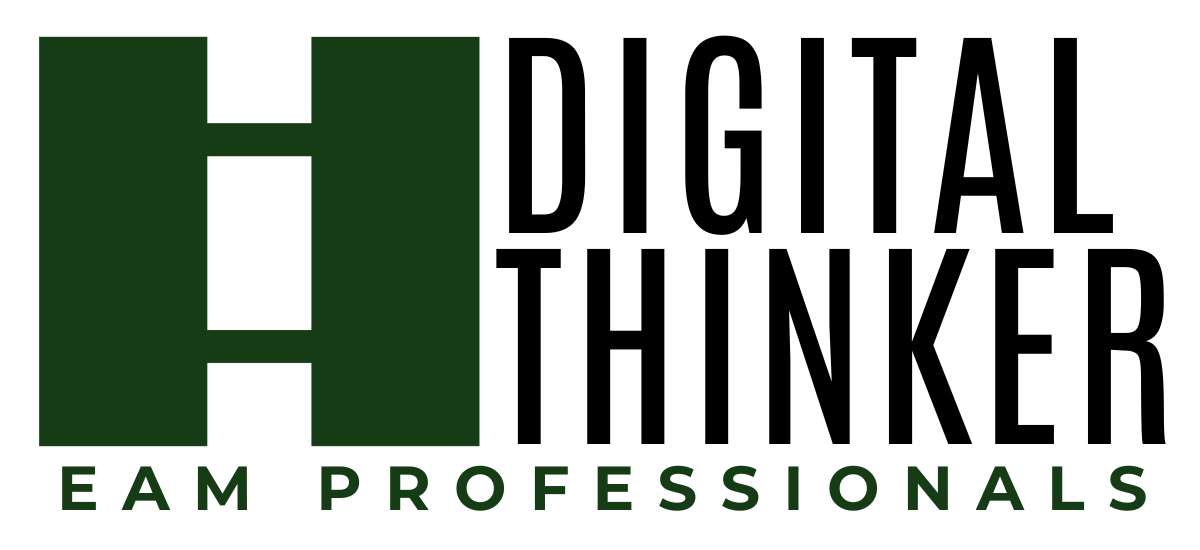
MRO spare parts account for an average of 50% of the maintenance budget
MRO Inventory and Purchasing
MRO inventory and purchasing are the single biggest maintenance support functions that contribute to low maintenance productivity.
Many maintenance labor delays are related to issues concerning materials and spare parts. Because the purchasing function typically procures the materials for the MRO storerooms, it also has a big impact on maintenance productivity. Additional material problems that impact labor productivity include late deliveries from vendors, wrong parts delivered, and parts that are damaged and cannot be used when they arrive.
Once the basics are in place for MRO inventory and purchasing, it is always valuable to reevaluate the processes for possible areas of improvement. The following are 2 areas that can be investigated for possible improvements to maximize the investment in the MRO inventory.
1. The use of Closing Codes & Root Cause Analysis
When the maintenance department performs accurate root cause analysis of breakdowns, it reduces the number of repetitive replacements that occur. In many organizations, the maintenance department is constantly changing spare parts. If the root cause analysis is properly performed, the number of repetitive replacements will decrease. In turn, ensuring that the maximum life is achieved for each component or spare part will decrease the MRO budget.
2. Standardized PM procedures
Another process for the maintenance department that can have a dramatic impact on spare parts costing is preventive maintenance. The more standardized that the preventive maintenance procedure is, the less variance there will be in how the preventive maintenance is performed. This performance improvement includes the material usage. If the PM program is standardized, then when the PM is forecast, the materials to be consumed can be forecast as well. Better forecasting will allow the MRO inventory and purchasing personnel ample time to order the materials and have them on hand.
Performance Indicators
It’s also essential to examine performance indicators that will insure proper management of the stores and procurement functions for maintenance. One such KPI is Inactive Stock Showing No Movement in the last 12 Months.
This indicator is used to find spare parts that are no longer needed. These items may have been purchased as spare parts for equipment that is no longer in the plant. Occasionally items were purchased in large quantities on a one-time basis, possibly for construction or a project, but were not used and have no further use at the plant or facility. Eliminating these items reduces the inventory value and the subsequent holding cost the company must pay.
Inactive Stock Line Items / Total Stock Line Items
As seen by the formula, this indicator measures the number of line items that are inactive divided by the total number of line items carried in the inventory. The percentage shows the opportunity for improvement by eliminating line items from the store inventory.
In conclusion — MRO spare parts account for an average of 50% of the maintenance budget. It is the second most important function in maintenance (first being preventive maintenance) management.
